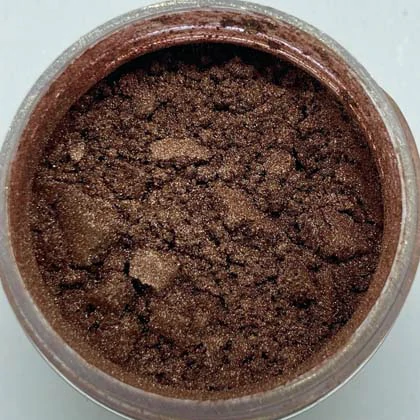The difference between graphite powder and iron powder
Graphite powder and iron powder are two commonly used powders with distinctive characteristics. Despite their similar appearance and widespread use, they possess unique properties that make them suitable for different applications. In this article, we will delve into the dissimilarities between graphite powder and iron powder.
Graphite powder, as the name suggests, is composed primarily of graphite, a form of carbon. It is soft in texture, with a dark gray or black color. Graphite is known for its exceptional conductivity, both electrically and thermally, making graphite powder an excellent choice in various industries.
One significant difference between graphite powder and iron powder lies in their chemical composition. While graphite powder is comprised solely of carbon atoms, iron powder is predominantly composed of iron particles. This distinction affects their physical properties and, consequently, their applications.
Iron powder, unlike graphite powder, is magnetic due to the presence of iron particles. This magnetism allows iron powder to be utilized in various magnetic applications, such as in the production of magnets and magnetic tapes. Additionally, iron powder has a greater density compared to graphite powder, making it suitable for applications requiring high density and weight.
Another notable dissimilarity is their conductive properties. Graphite powder is an excellent conductor of both electricity and heat, which makes it ideal for applications such as electrodes, lubricants, and thermal management systems. On the other hand, while iron powder does possess some conductivity, it is not as efficient as graphite powder in terms of electrical and thermal conduction.
The differences in their physical properties also affect their applications in the field of manufacturing. Graphite powder is widely used as a lubricant due to its low friction properties and resistance to high temperatures. It is commonly employed in machinery, automotive components, and even in the production of pencils. Iron powder, on the other hand, is often used in the manufacturing of metal parts through processes like powder metallurgy. It can be compacted and sintered to produce complex shapes and structures.
In terms of environmental impact, both graphite powder and iron powder have their own considerations. Graphite powder is relatively inert and does not pose significant risks to the environment. However, the extraction and production processes involved in obtaining graphite can have negative impacts, particularly if not properly managed. Iron powder, while a naturally abundant resource, requires energy-intensive processes for extraction and refining, contributing to carbon emissions and environmental degradation.
In conclusion, graphite powder and iron powder differ greatly in terms of chemical composition, physical properties, and applications. Graphite powder is primarily composed of carbon atoms and possesses excellent conductivity, making it suitable for electrical and thermal uses. Iron powder, on the other hand, contains iron particles, making it magnetic and conducive to applications requiring high density. Understanding these differences enables us to select the appropriate powder for specific manufacturing and industrial needs, considering factors such as conductivity, magnetism, density, and environmental impact.

